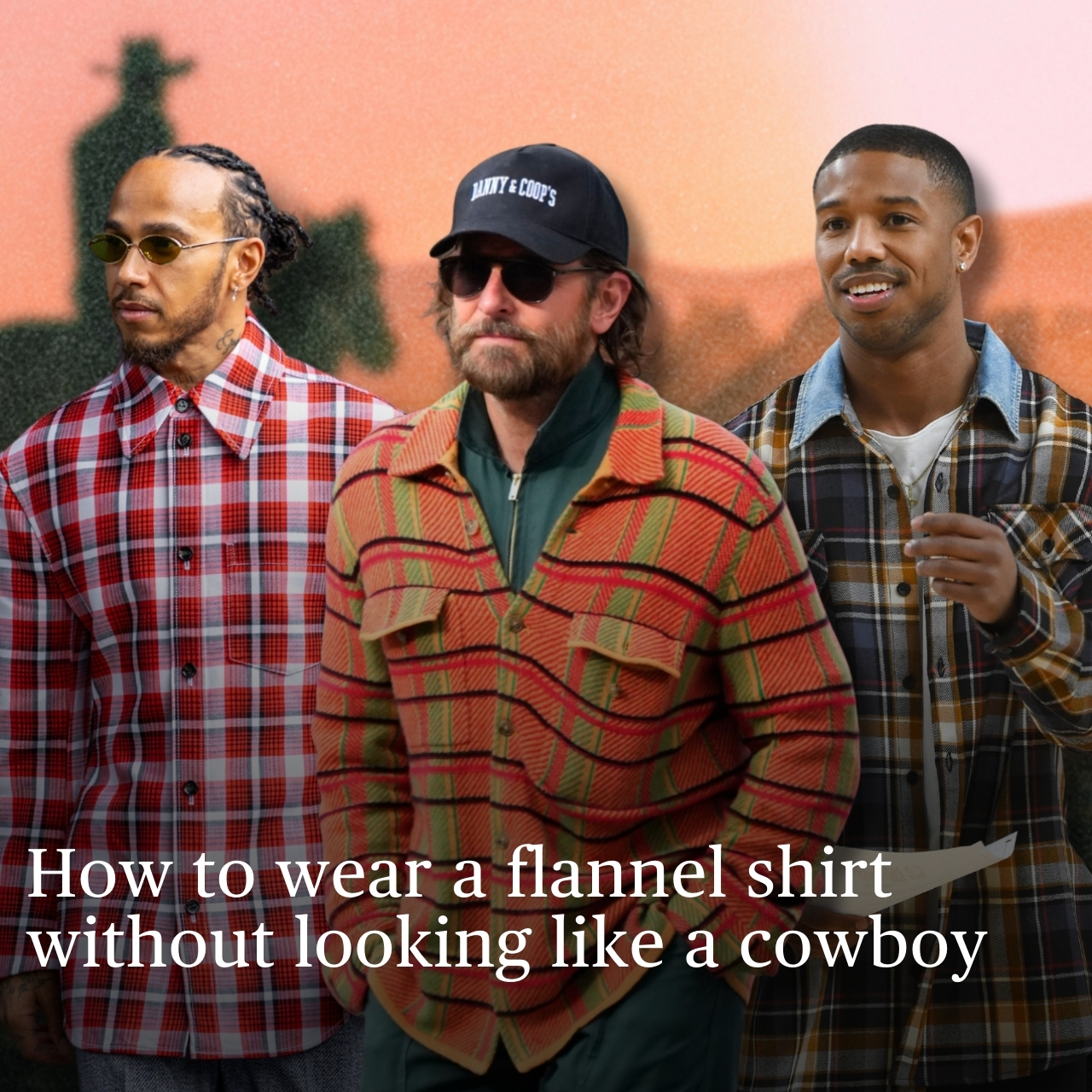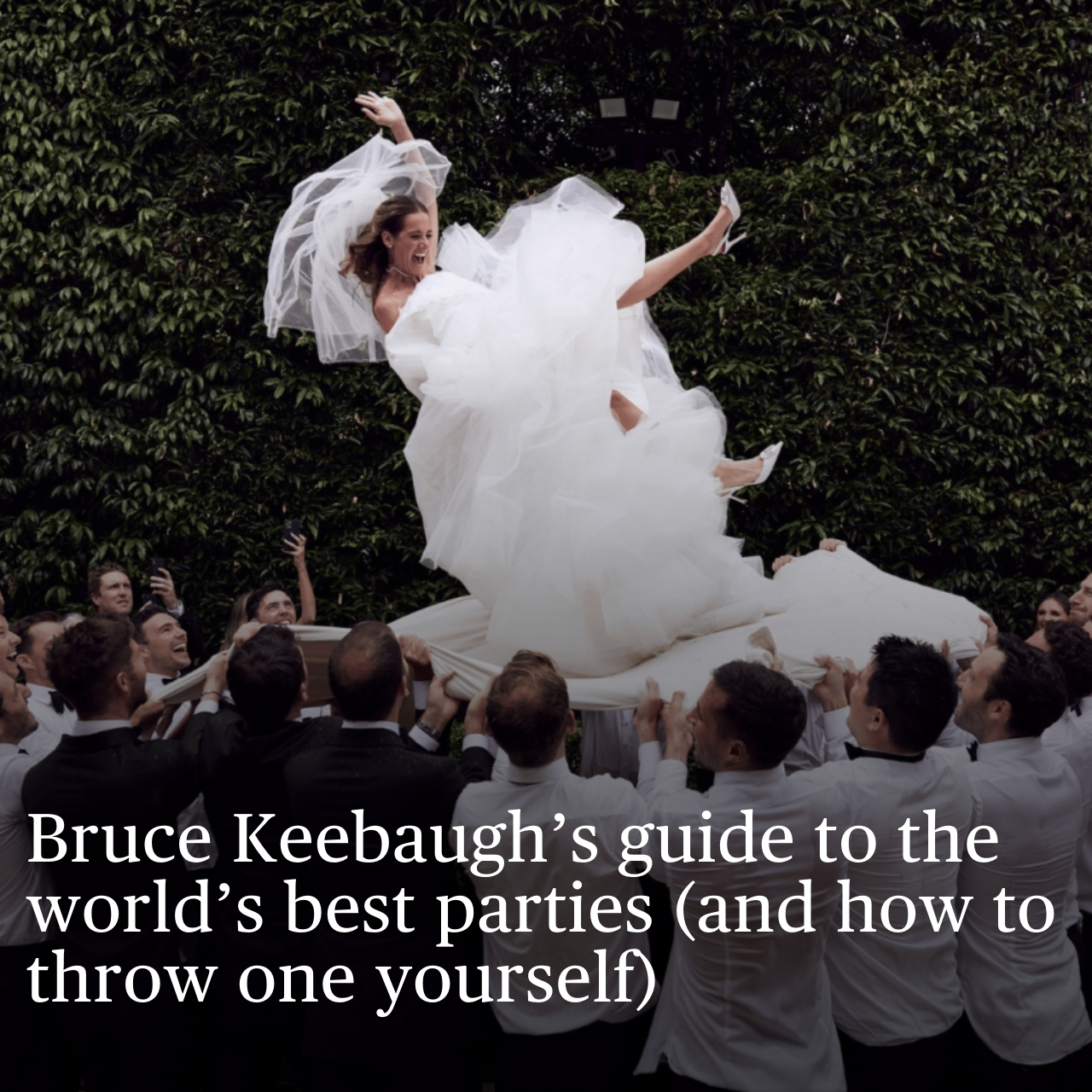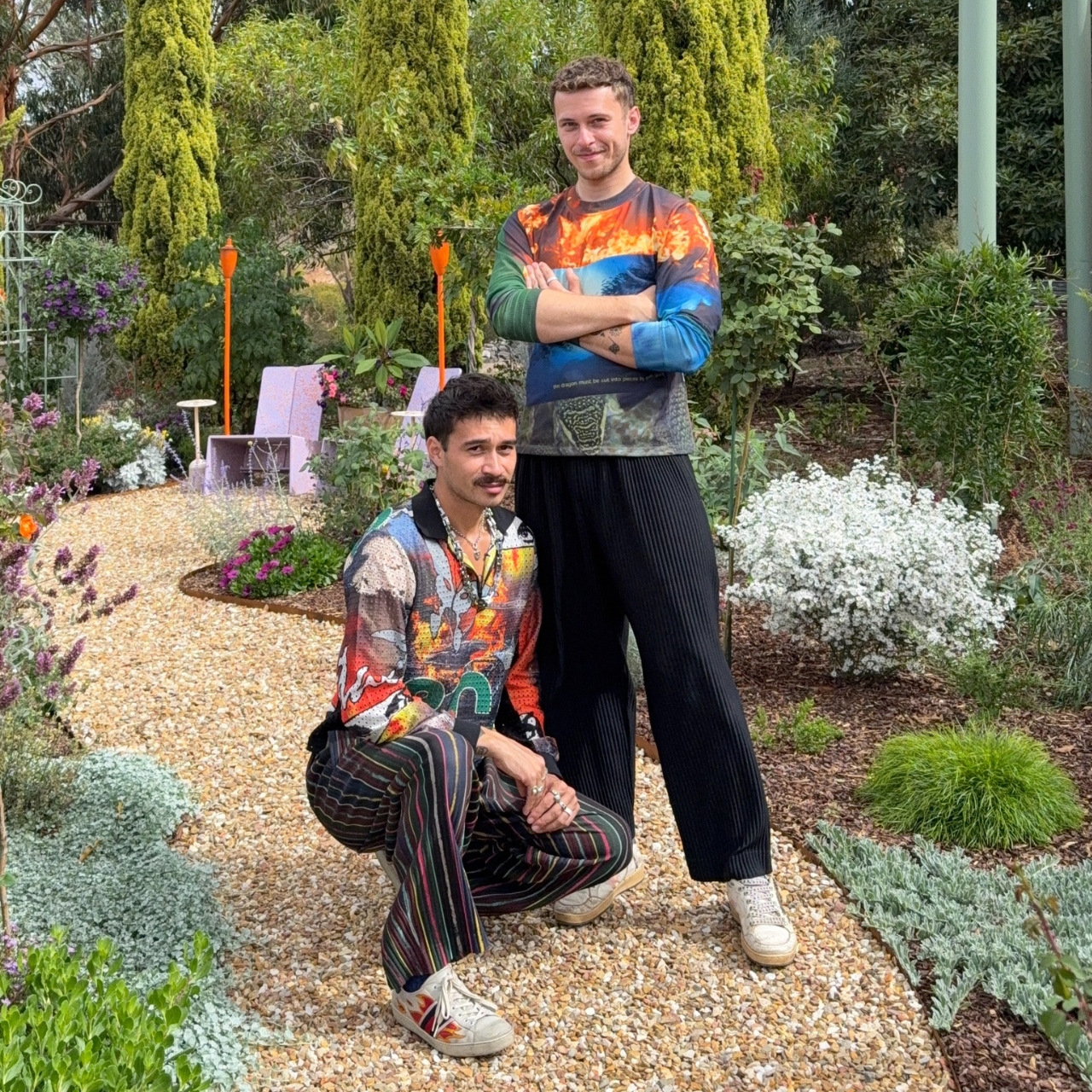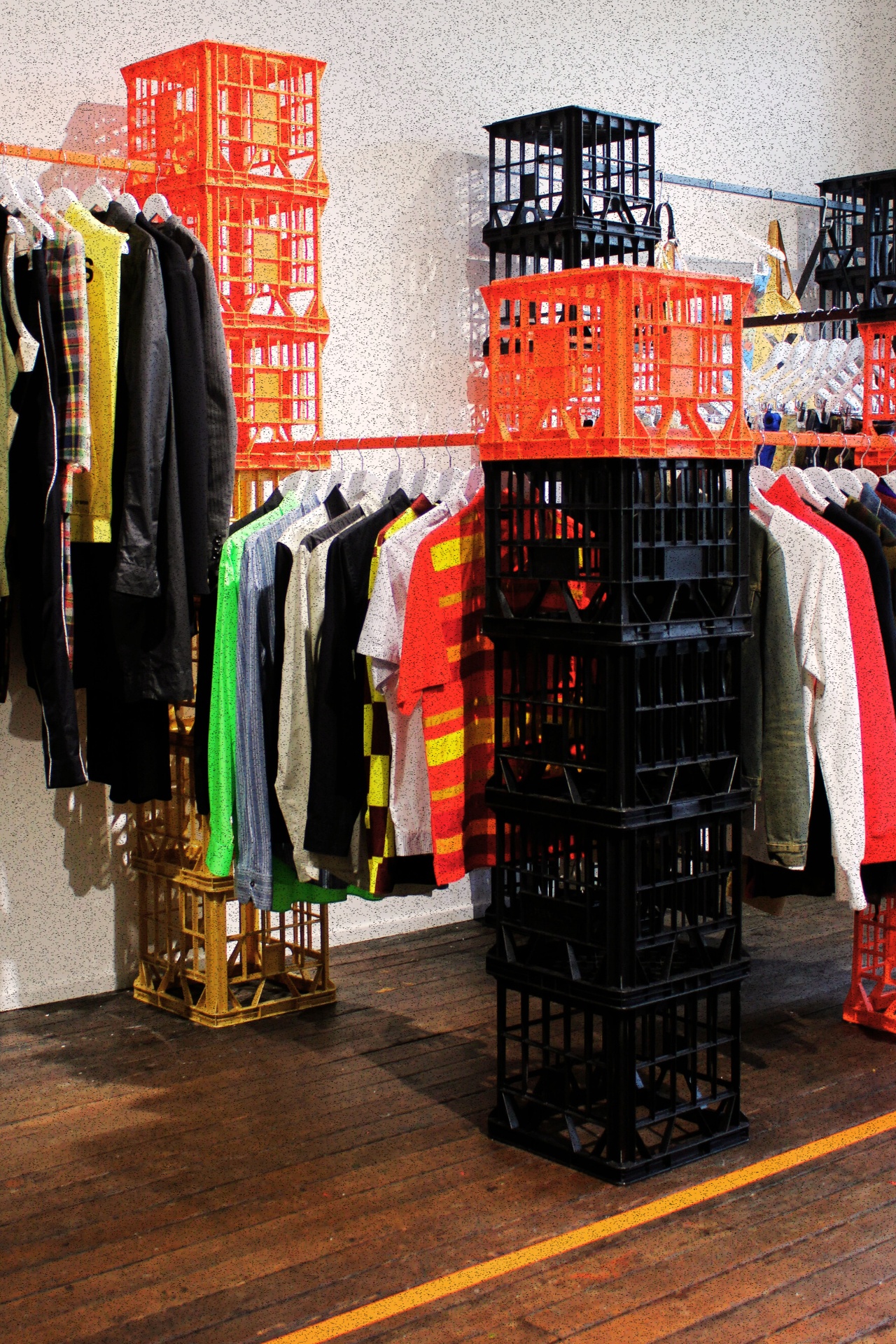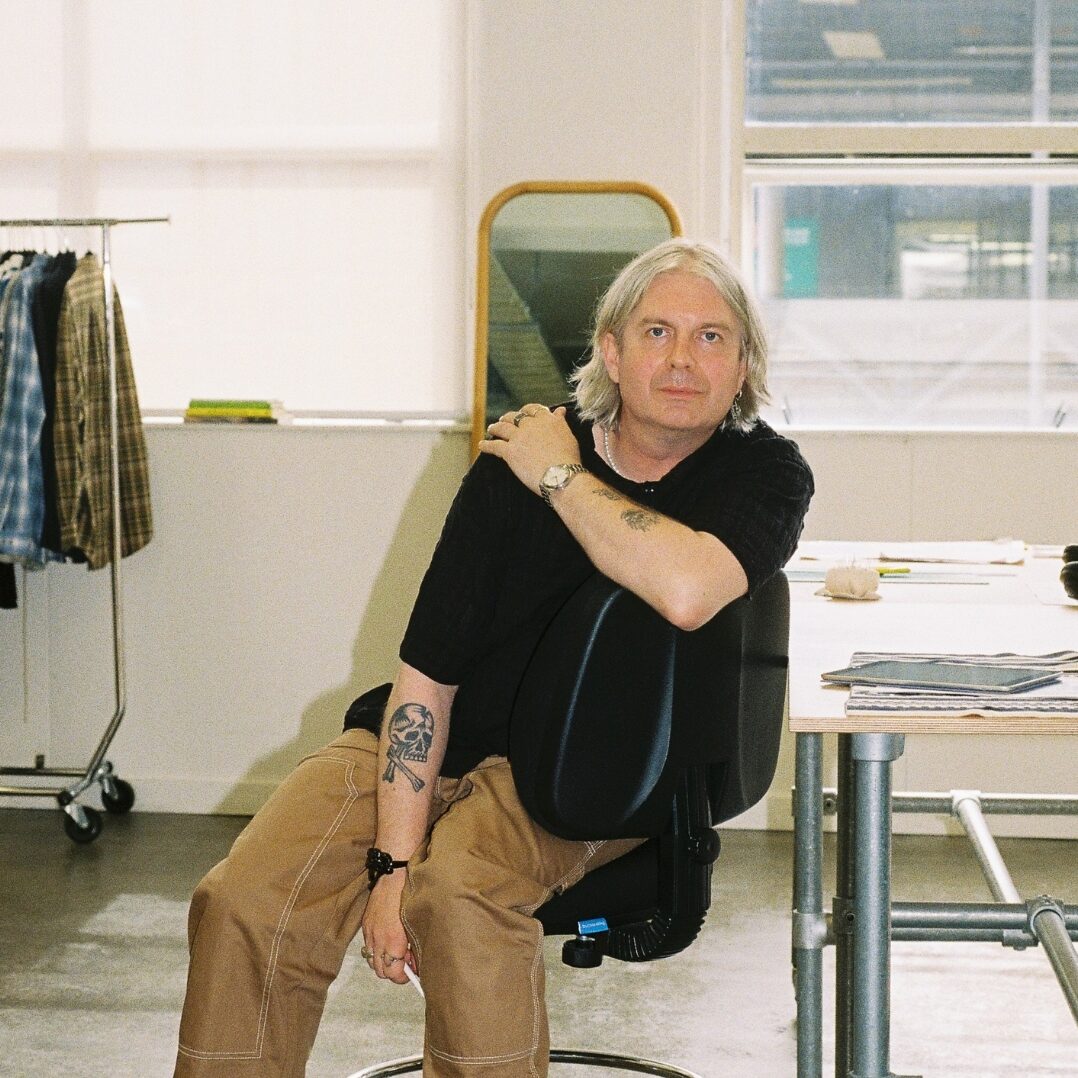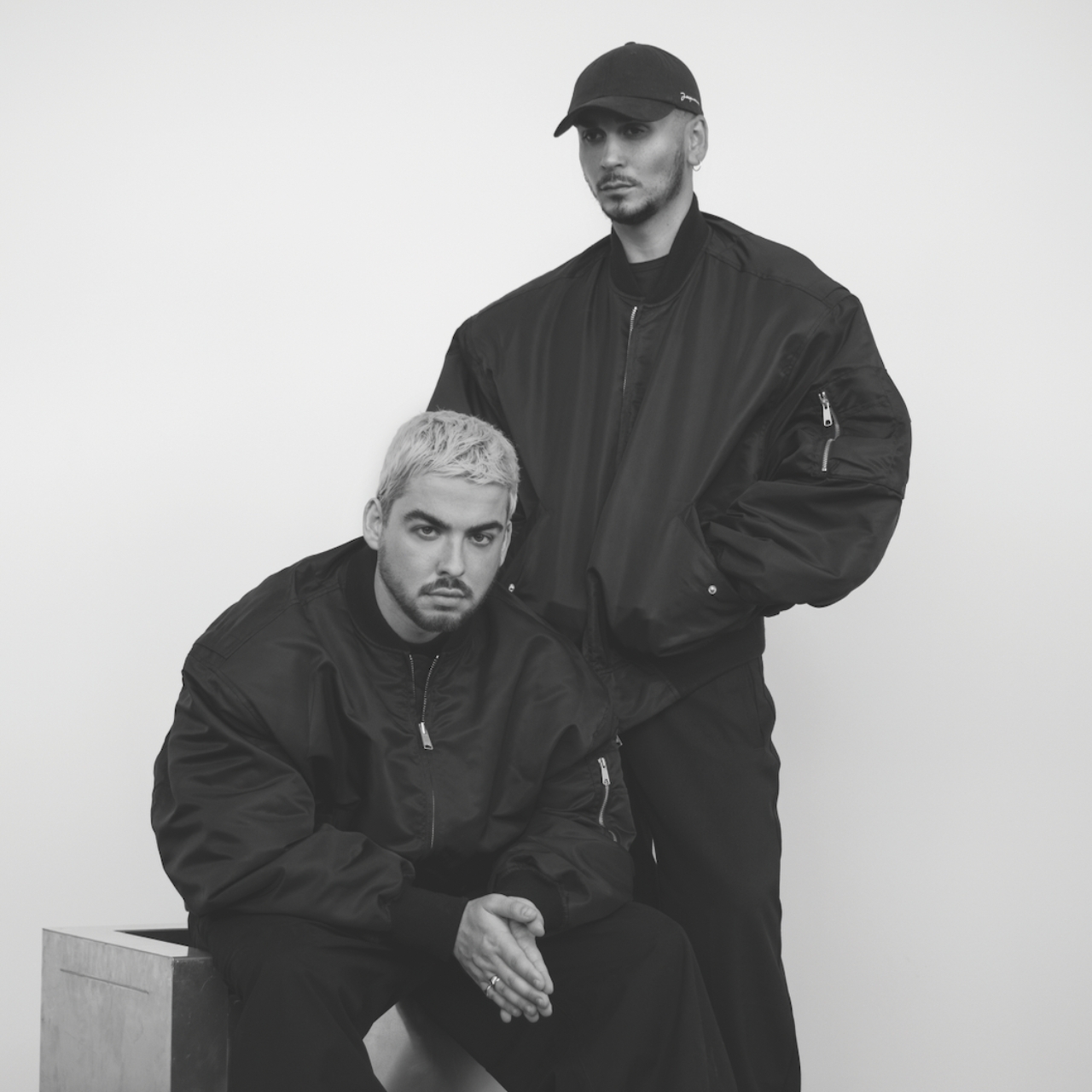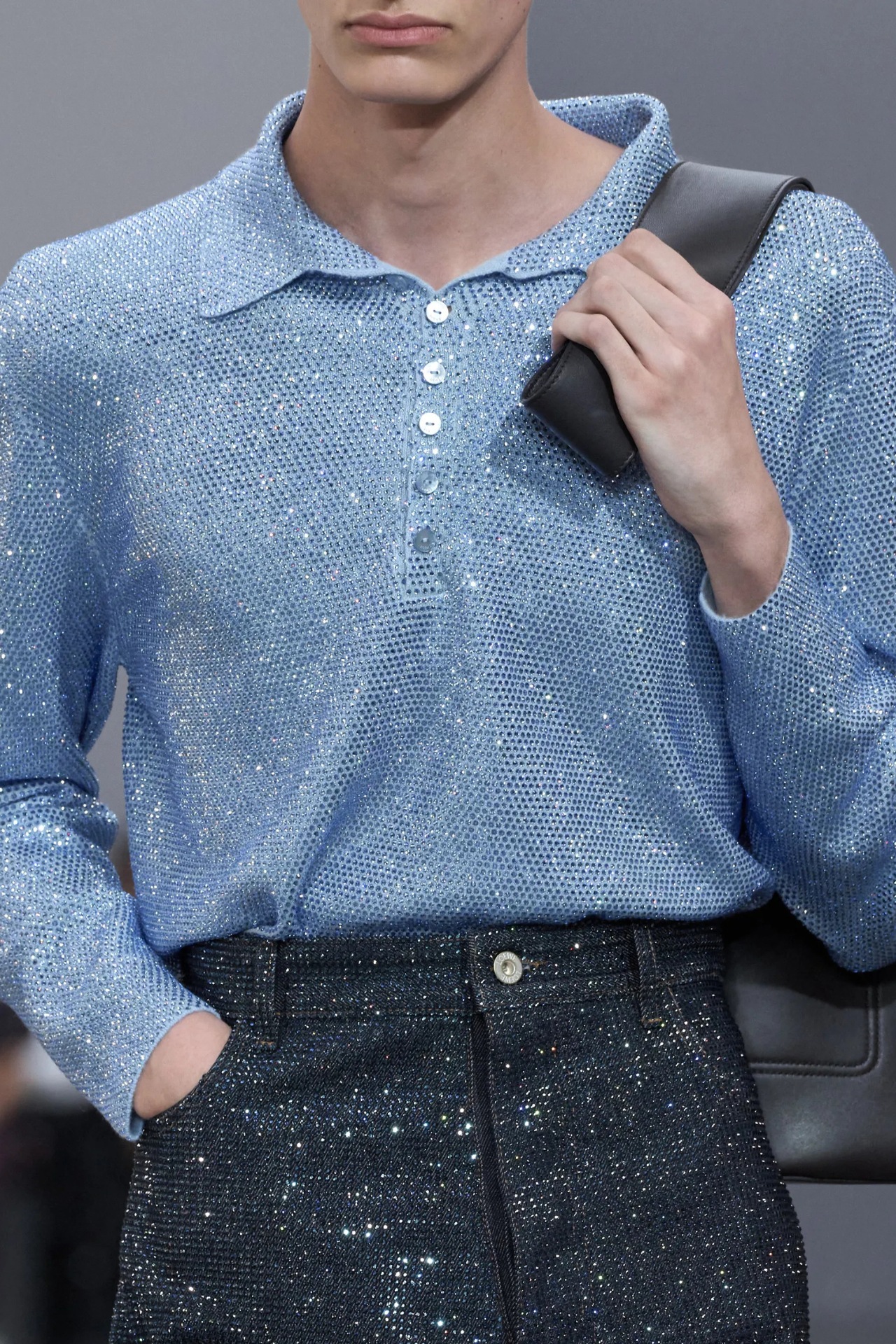Dior Men, Kim Jones, and the art of cosmic couture
The latest collection from the venerable Parisian brand reaches across space and time.

THERE WAS A TIME, somewhere around the mid-2010s, when the fashion industry began to question the relevance of the traditional fashion show in the digital age. The doubt was short-lived. Instead of scrapping the concept, bigger brands hit on the idea of supercharging it: They started picking ever-more- exotic locations to impress not only the gathered VIPs but also the wider world watching on TikTok and Instagram.
Which is how, at the end of 2022, Kim Jones—the British designer at the head of Dior Men since 2018—found himself in front of the Great Pyramid of Giza for the unveiling of his fall 2023 collection. “I wanted to focus on the historical aspect and what a place like this means to the world,” Jones says. “After all, the Great Pyramid is one of the Seven Wonders of the World—the only one that remains. I think it was a major moment in the history of fashion.”
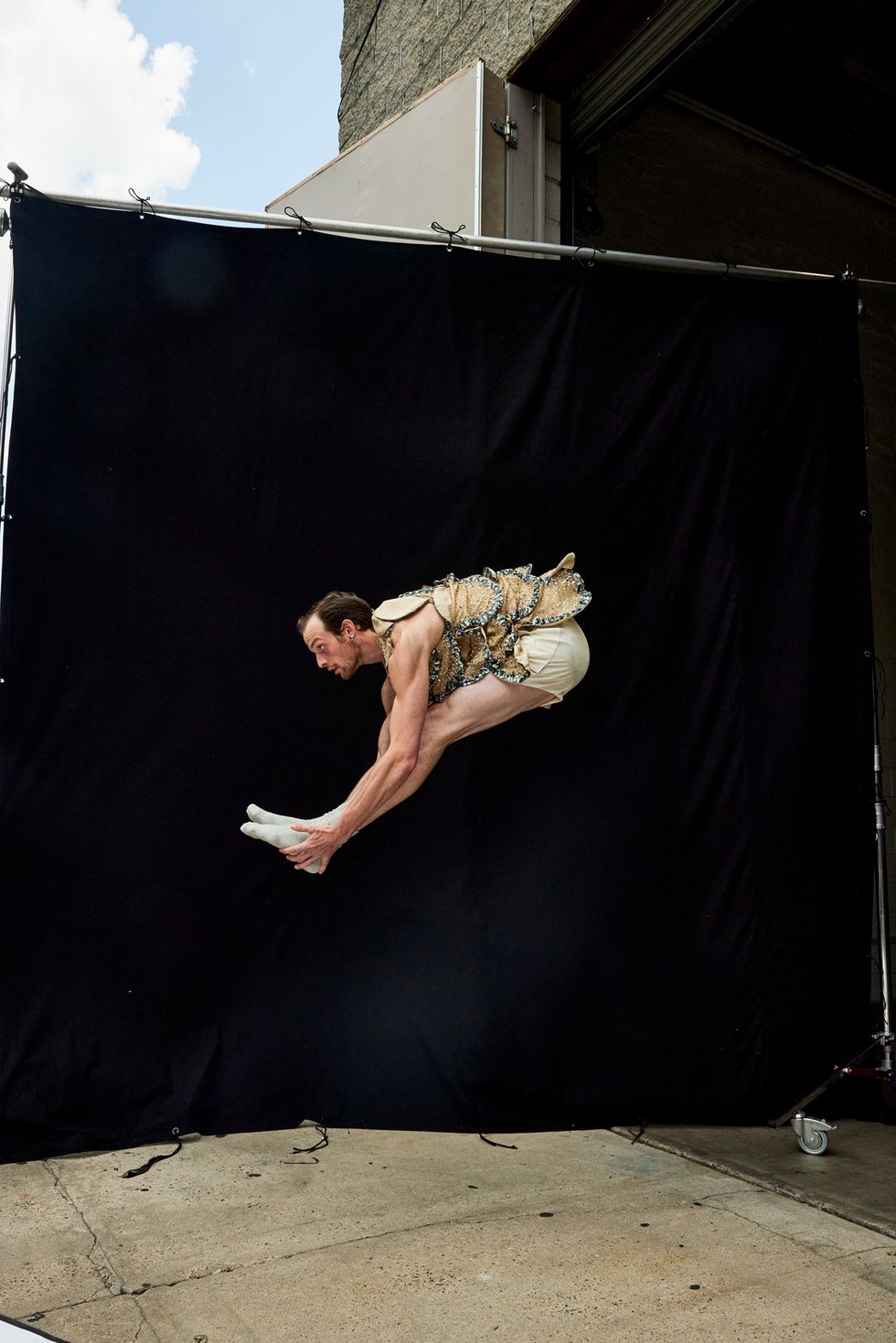
And then there are the clothes themselves, available soon and perfectly suited to a place like Giza, where the human and the cosmic converge. Feminine ideas from Dior’s long couture history blend with futuristic-looking menswear in a palette of desert greys and sands. Materials range from classic cloths derived from Dior’s womenswear to experimental stuff like anodised metals and injection-moulded trims. There is a layered fluidity to the collection, lending a sense of ease to even the most out-there pieces. It feels both of its time and completely outside of it.
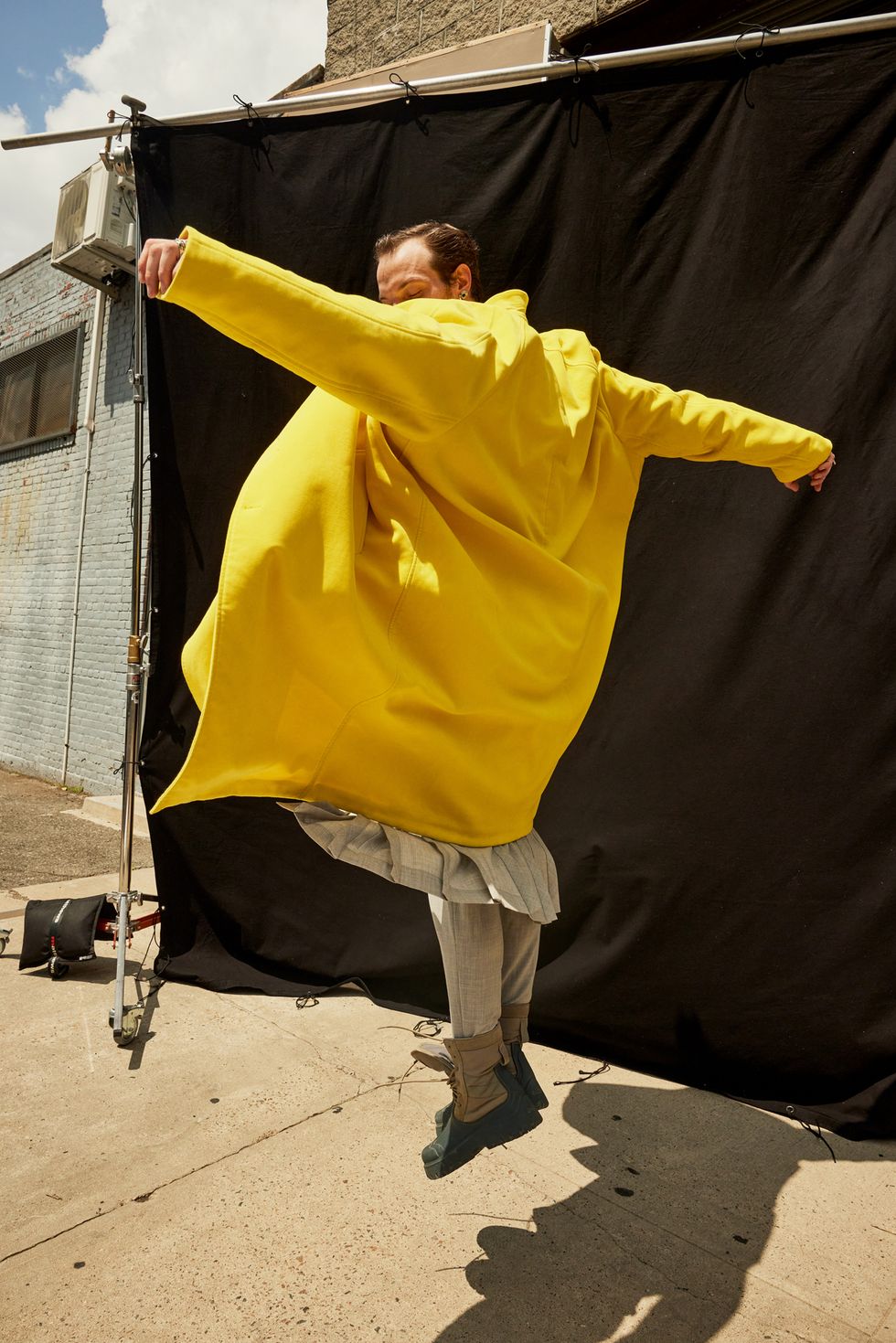
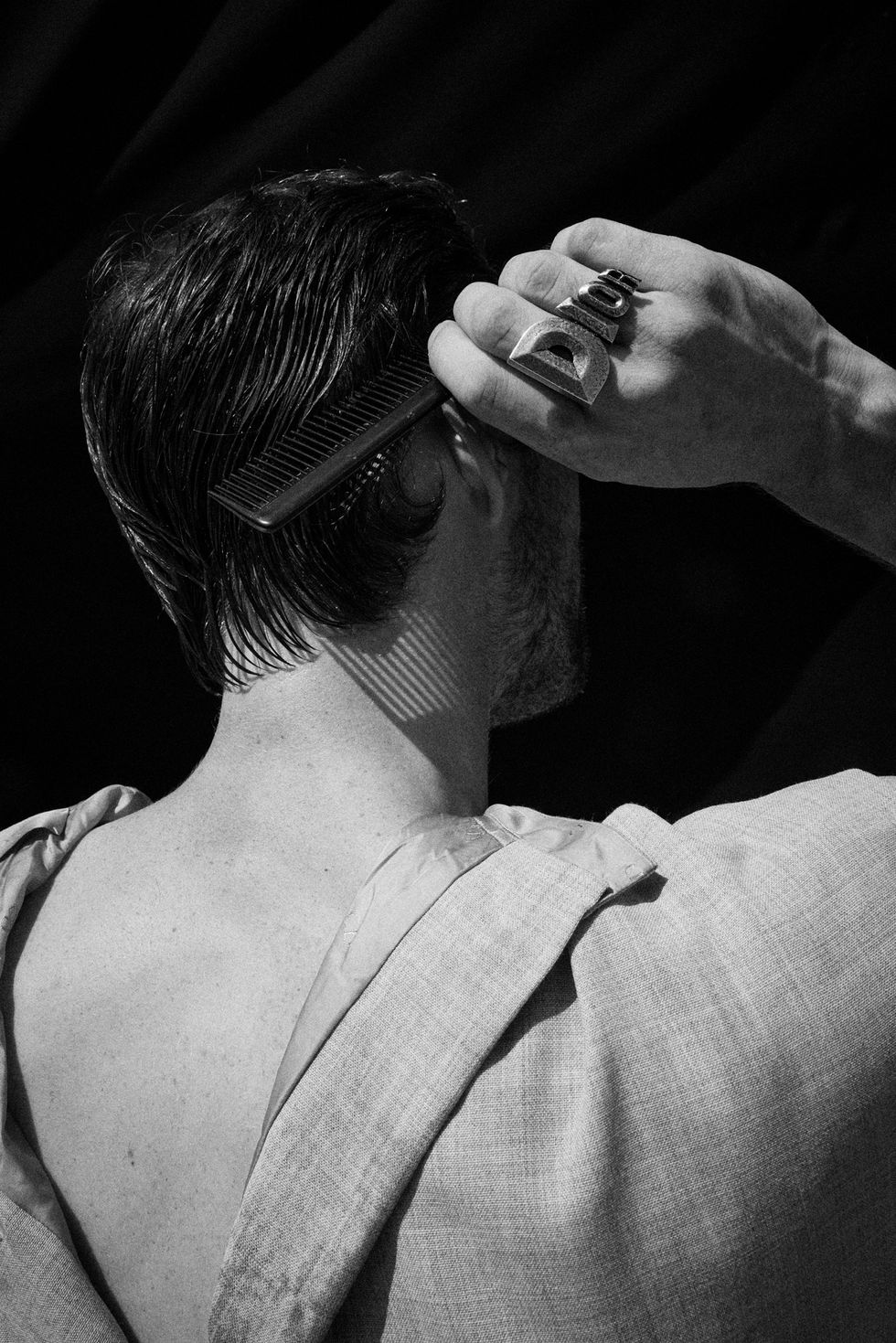
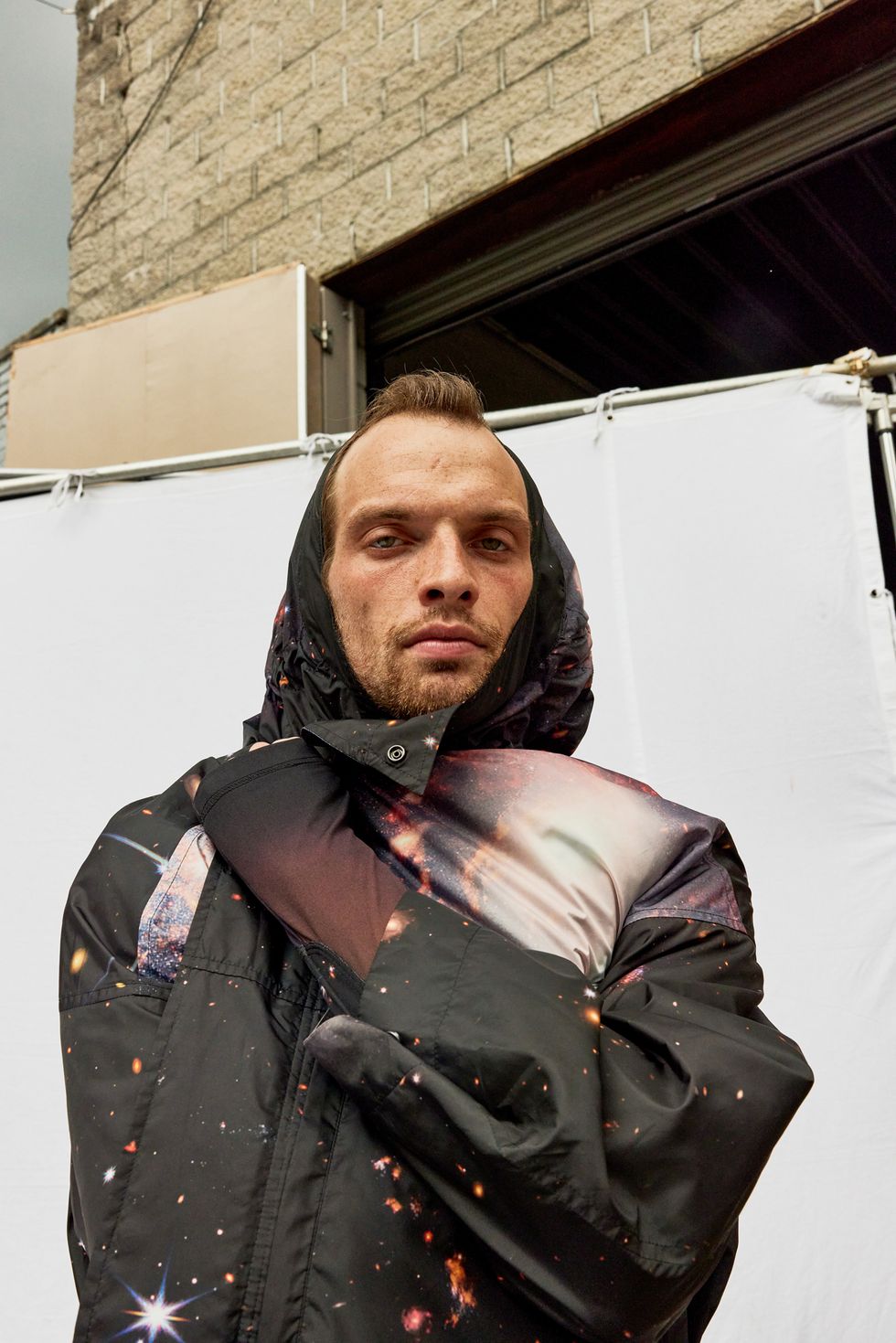
For fans of Jones, this shouldn’t come as a surprise. After an itinerant childhood that took him from London to Africa, South America, and the Caribbean—he still considers travel a major source of inspiration—he made a name for himself with an eponymous line of streetwear alongside a collection he created with Umbro in the early 2000s. More than ten years before street became the watchword in high fashion, Jones recognised the power of designing elevated versions of the tracksuits and sweats he knew from his club days in London. He’s a cultural polymath with wide-ranging tastes, and his approach is eclectic and unpredictable.
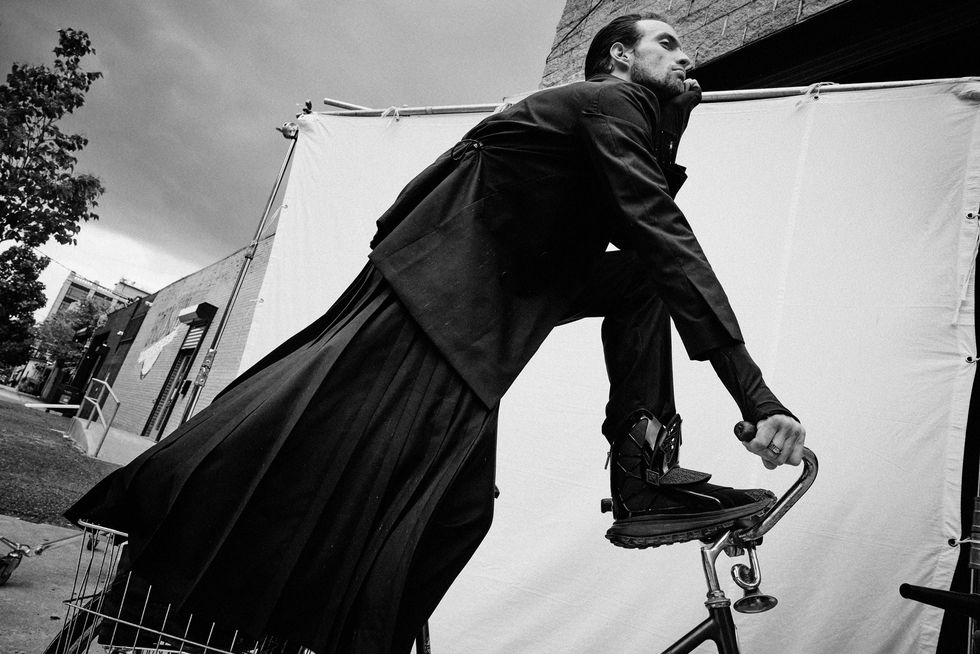
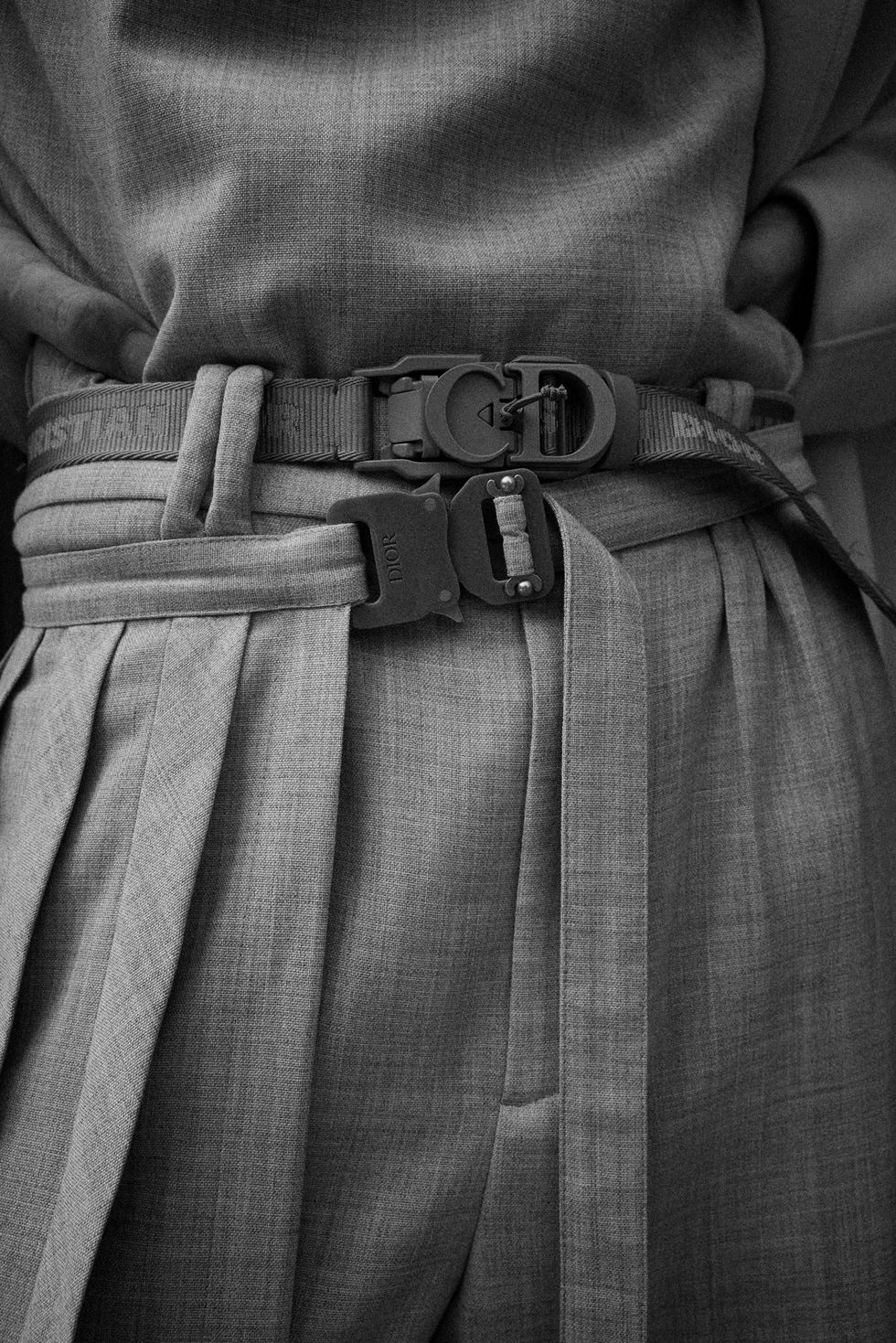
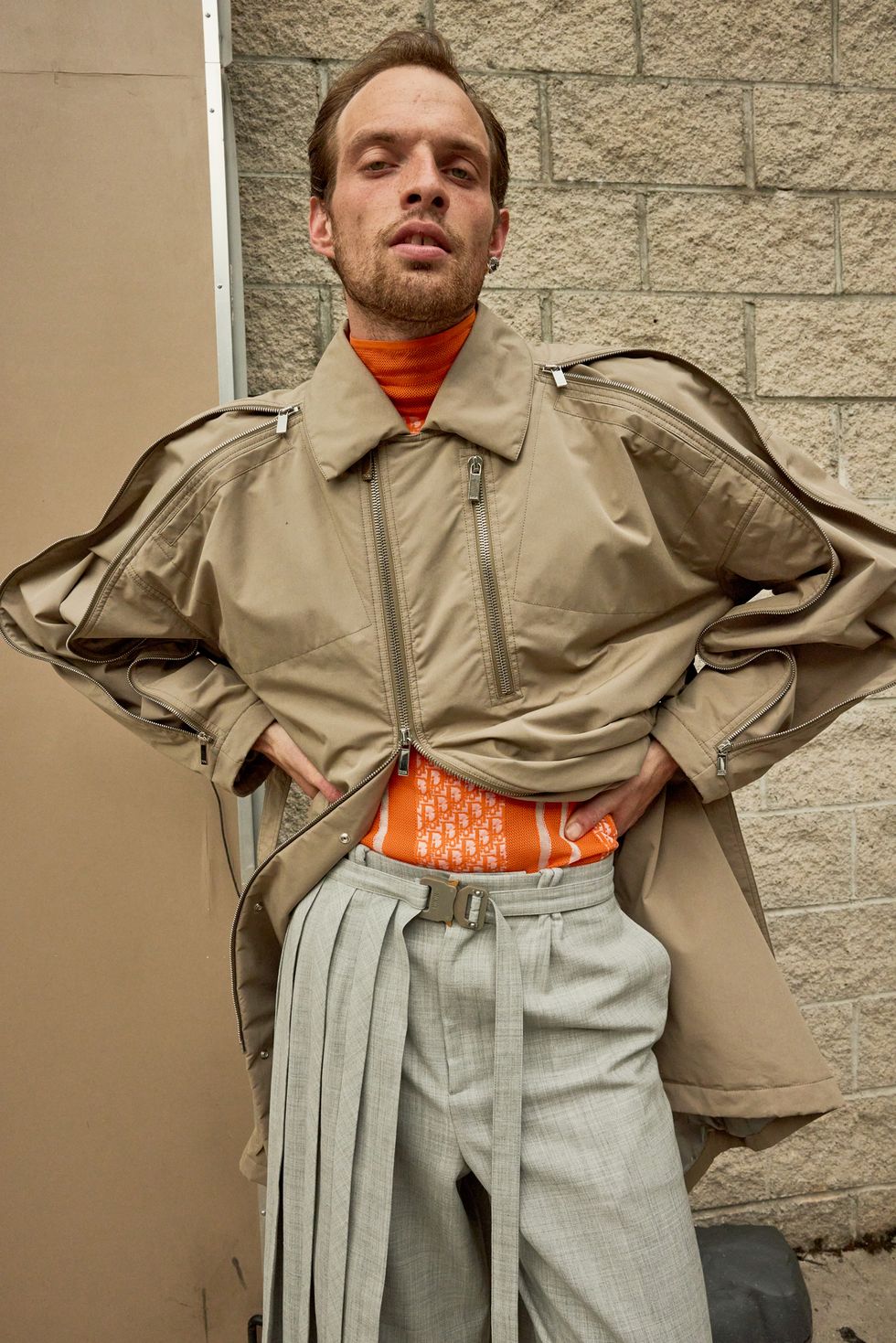
Jones is as likely, for instance, to draw on Kerouac (the Beat generation was his inspiration for one recent collection) as on the costumes of ’80s London club star Leigh Bowery. As a result, both his clothes and his shows often veer away from the expected, like the time Robert Pattinson and Gwendoline Christie read T. S. Eliot’s “The Waste Land” in lieu of the usual runway soundtrack. “Fashion’s really great and I love working with it, but I think nowadays you need a bit more than that,” Jones says. “I’m much more into culture than fashion in terms of the way things reach people.”
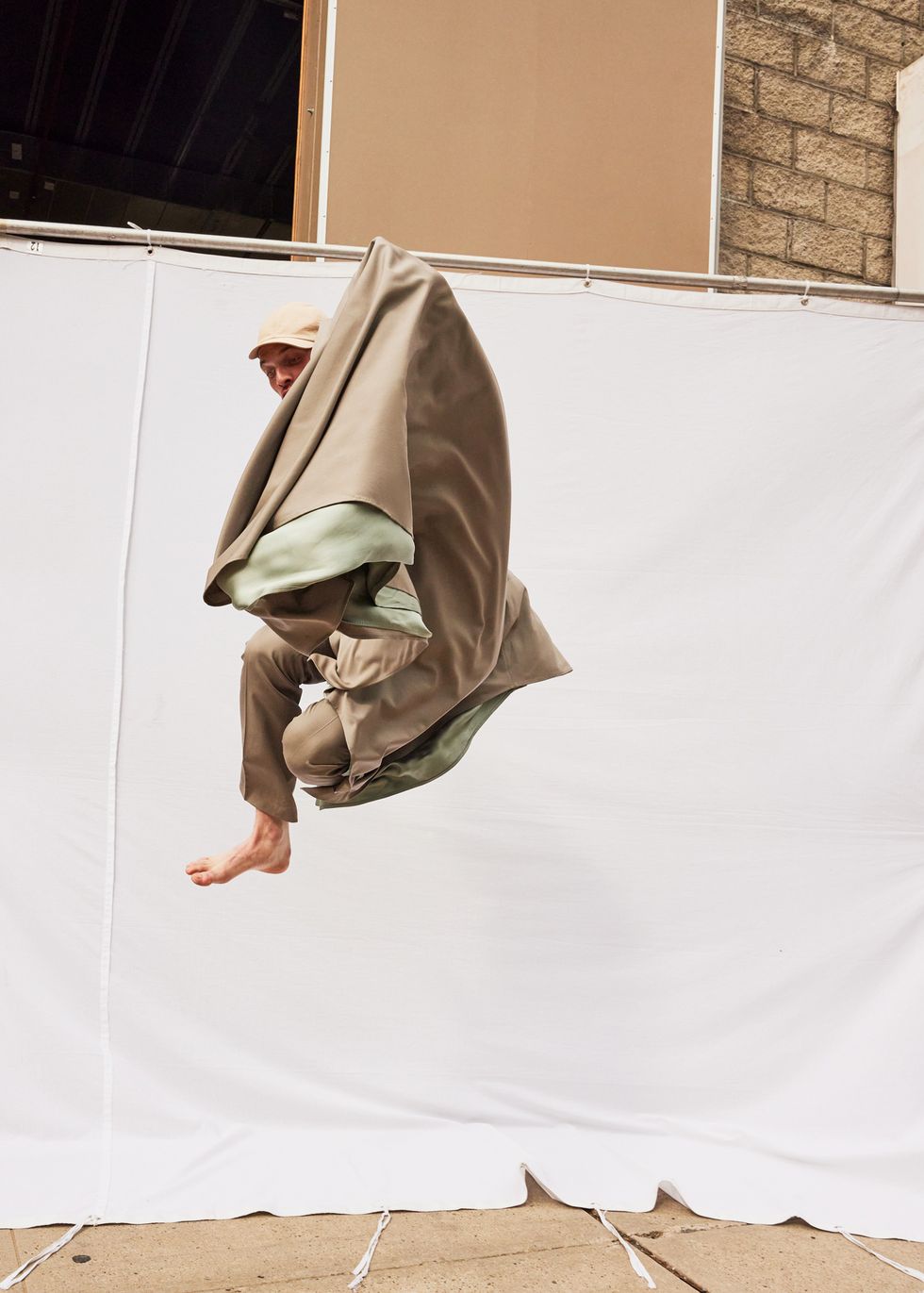
That doesn’t mean that fashion is a footnote, especially at a maison with a rich history, like Dior. The archives are a jumping-off point, but not simply for rehashes of old designs. Rather, Jones looks to the techniques that made the house of Christian Dior famous in the first place. Hence the couture elements in this latest collection. The joy of his designs lies in the back-and-forth—in the interplay, be it cultural or temporal. “It’s about the past shaping the future,” he says. “Or an idea of the future from the past.”
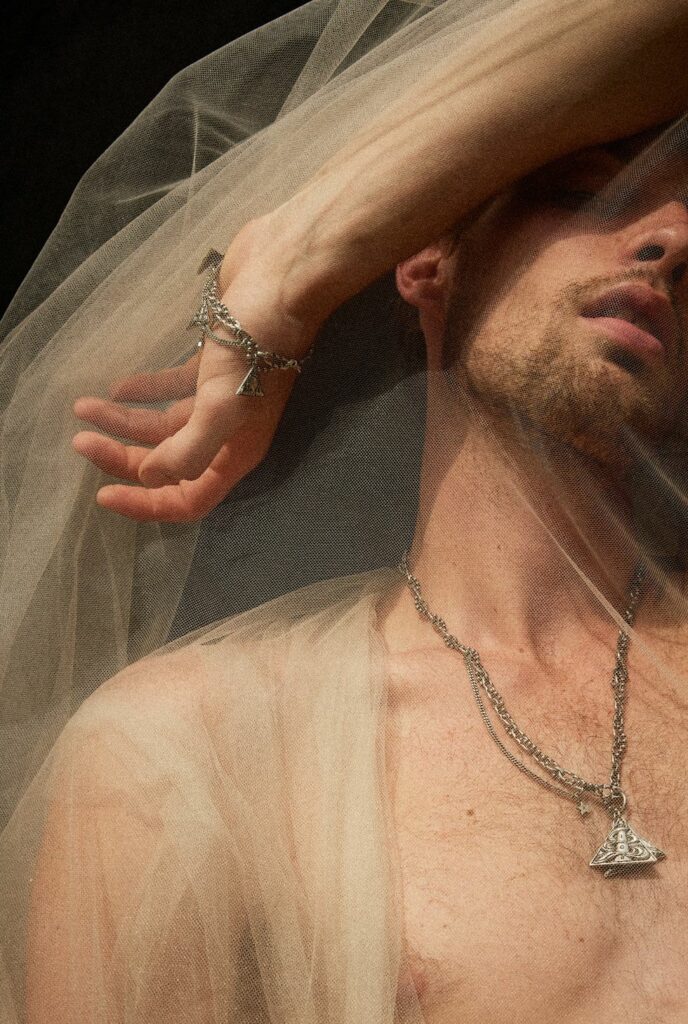

Photography by Jennifer Livingston; Styling By Alfonso Fernández Navas.
This article originally appeared on Esquire US.




